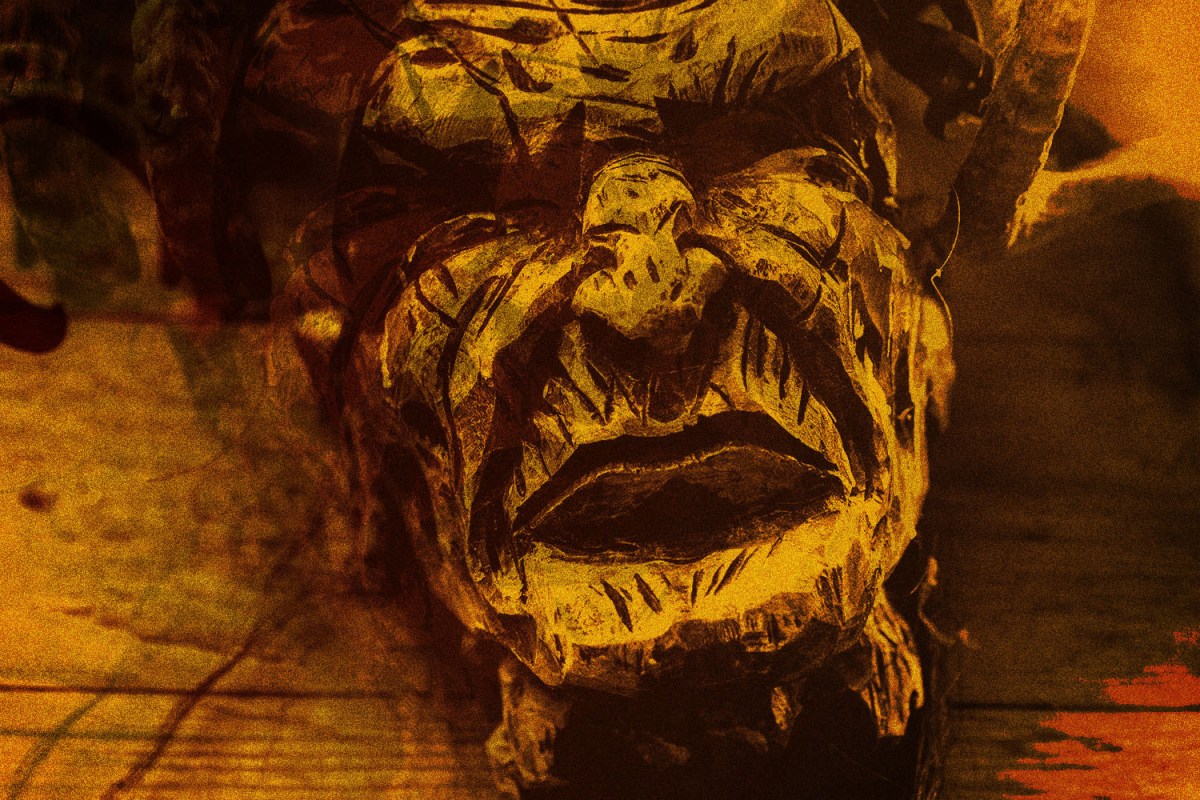How Krampus, the German Christmas Demon, Took Over America
He whips naughty children with branches and eats them, and he’s winning our hearts
BY BONNIE STIERNBERG

What says “Christmas” more than a visit from a horned goat-demon? Westend61
Here in America, we traditionally think of Christmas as being a sweet, cozy holiday full of niceties: brightly wrapped presents, twinkling lights, a genteel old man in a red suit who appears to give you presents, visions of sugar plums, that sort of thing. Sure, there’s the threat of a lump of coal in a stocking, used to keep naughty children in check, but that’s still pretty tame compared to the horned, anthropomorphic goat demon with an affinity for schnapps who shows up to whip misbehaving children with a bundle of birch branches, toss them into a large sack and — depending on which variation of the legend you subscribe to — either eat them or drag them to hell.
We’re talking, of course, about Krampus, the Christmas villain from German and Austrian folklore who serves as a malevolent foil to Saint Nicholas. As the story goes, every Dec. 5 on a night dubbed Krampusnacht (or “Krampus Night”), St. Nicholas and Krampus go from home to home; St. Nick distributes oranges, dried fruit and chocolate to the good children, while Krampus unleashes his wrath upon the bad ones. Though his exact origins are unclear and believed to date back to pre-Christian Alpine traditions, anthropologists generally believe he’s been terrorizing European children since the 17th Century.
